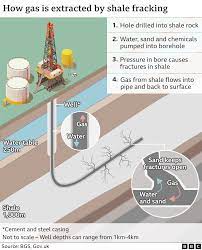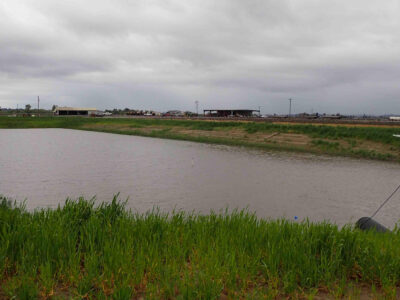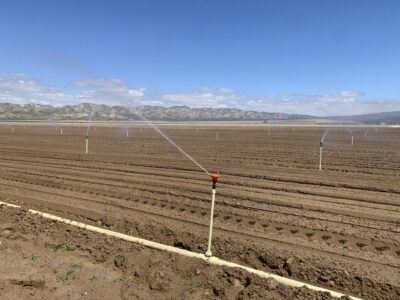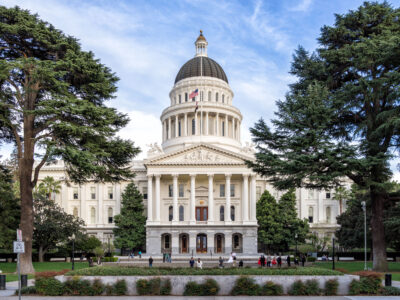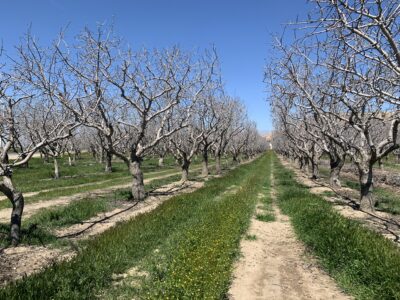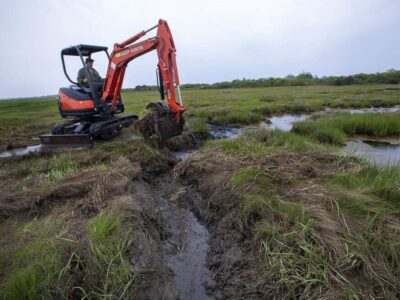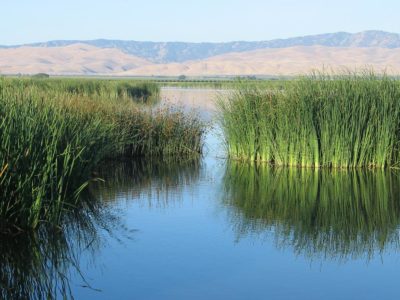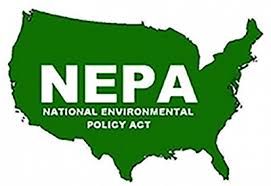Water
Why There is (Still) a Carrot Boycott in Cuyama Valley
Bolthouse Farms and Grimmway Farms are technically no longer plaintiffs in the lawsuit they launched. But their water war wages on.
Don’t expect to see carrots on Thanksgiving menus in the Cuyama Valley, where residents and small farmers have been boycotting Bolthouse Farms and Grimmway Farms over their outsized water use. They’re still not welcome at the table. Back in September, I wrote about the carrot boycott and the hardball tactics by those big growers that …
Continue reading “Why There is (Still) a Carrot Boycott in Cuyama Valley”
CONTINUE READINGIt’s High Time to Ban “Monster Fracking” in California
Fracking consumes enormous amounts of water, pollutes aquifers & is contrary to our climate goals
Recently, the New York Times published an important and disturbing expose’ titled, “‘Monster Fracks’ Are Getting Far Bigger. And Far Thirstier.” The Times article focuses on the alarming intersection of three current environmental crises–water supply shortages, groundwater contamination, and excessive greenhouse gas emission levels–that threaten California and other states across the nation. Fracking (the shorthand …
Continue reading “It’s High Time to Ban “Monster Fracking” in California”
CONTINUE READINGRecharge net metering (ReNeM) provides win-win-win for groundwater agency, landowners, & sustainable groundwater management
Nature Water publication showcases the economics of a novel groundwater recharge incentive structure
By Molly Bruce, Luke Sherman, Ellen Bruno, Andrew T. Fisher, & Michael Kiparsky An insidious issue has been growing along the Central Coast and throughout the state of California for decades: groundwater overdraft. In response to this growing threat and 2014 legislation designed to put an end to chronic overdraft, many basins have identified managed …
CONTINUE READINGOne More Key Groundwater Bill Just Became Law
Gov. Newsom signs AB 779, which addresses inequities in California’s complicated groundwater adjudication process.
Earlier this week the San Francisco Chronicle declared that California’s legislative session would close with just a single bill addressing injustices in the state’s water rights system. Now you can add one more to the list. Gov. Newsom signed Assembly Bill 779 into law this week. It’s an important step to reforming the state’s murky—often …
Continue reading “One More Key Groundwater Bill Just Became Law”
CONTINUE READINGCalifornia Enacts Major Water Law Reform Legislation–But More Changes Are Needed
New law explicitly authorizes State Water Board to require water users to verify their water rights
The California Legislature has enacted and Governor Gavin Newsom recently signed into law SB 389, an important water law reform measure authored by State Senator Ben Allen. California has one of the most antiquated and outdated water rights systems of any Western state. To put it bluntly, California currently faces a 21st century water supply …
Continue reading “California Enacts Major Water Law Reform Legislation–But More Changes Are Needed”
CONTINUE READINGAn Important Groundwater Bill Lands on the Governor’s Desk
Guest Contributors Gabi Rosenfeld, Owen McAleer, and Adrianne Davies say AB 779, a bill they worked on with State Assemblymember Lori Wilson, will address inequities in groundwater adjudications.
Earlier this month, California’s Legislature passed a slate of bills that cover a range of environmental and climate issues. Among those was Assemblymember Lori Wilson’s AB 779, a bill we helped create to improve the groundwater adjudication process for all water users. Adjudications legally determine groundwater rights but can take years and cost millions of …
Continue reading “An Important Groundwater Bill Lands on the Governor’s Desk”
CONTINUE READINGWhy is there a Carrot Boycott in Cuyama Valley?
Small farmers and rural residents are calling for a boycott against Bolthouse and Grimmway Farms. Here’s what it says about California’s effort to manage groundwater.
When California lawmakers enacted the Sustainable Groundwater Management Act in 2014, it was an effort to tame the wild, wild west of water. Nearly a decade later, there’s been some progress creating local sustainability plans, but Big Ag corporations are still hogging water and bullying smaller groundwater users. Look no further than the fight heating …
Continue reading “Why is there a Carrot Boycott in Cuyama Valley?”
CONTINUE READINGBowing to the Inevitable
The Supreme Court declared open season on the nation’s streams and wetlands. New regs are the result.
On August 25, EPA and the Army Corps of Engineers (“the agencies”) issued a joint rule, which modifies their previous rule on federal jurisdiction under the Clean Water Act in order to conform with the Supreme Court’s Sackett decision. Sackett was a deeply misguided and harmful ruling — but it is nevertheless the law. The …
Continue reading “Bowing to the Inevitable”
CONTINUE READINGAfter Sackett: A Multi-Prong Strategy
The Supreme Court’s wetlands opinion was terrible. Now what we do?
The Supreme Court’s opinion in the Sackett case dramatically curtails the permitting program covering wetlands. We urgently need to find strategies for saving the wetlands the Court left unprotected. We have a number of possible strategies and need to start work on implementing them immediately. Sackett was unquestionably a major blow, reducing federal jurisdiction over …
Continue reading “After Sackett: A Multi-Prong Strategy”
CONTINUE READINGHaving the Fox Guard the Henhouse?
Delegating Environmental Reviews to Project Sponsors
One of the most important provisions, of the new NEPA law, § 107(f), allows the lead agency to delegate preparation of environmental reviews to project applicants. There are unsettled questions about when this provision applies and how it interfaces with other parts of NEPA. There are clear conflicts of interest in assigning this role to …
Continue reading “Having the Fox Guard the Henhouse?”
CONTINUE READING




